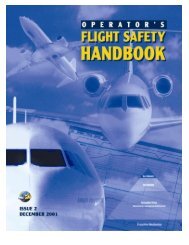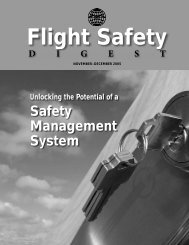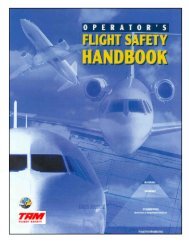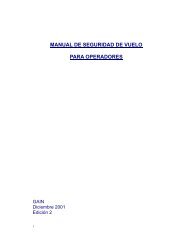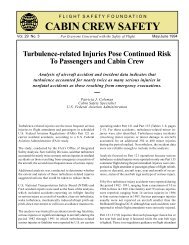Download PDF [10.9 MB] - Flight Safety Foundation
Download PDF [10.9 MB] - Flight Safety Foundation
Download PDF [10.9 MB] - Flight Safety Foundation
You also want an ePaper? Increase the reach of your titles
YUMPU automatically turns print PDFs into web optimized ePapers that Google loves.
© Draganfly Innovations<br />
Civil aviation authorities on three continents<br />
are mapping strategies for integrating a surge<br />
of unmanned aircraft systems (UAS) into<br />
civil airspace, preparing to designate research<br />
sites where the vehicles will be permitted to operate<br />
and examining safety and privacy concerns.<br />
As the systems have advanced, the terminology<br />
used to describe them has changed. Previously<br />
known as unmanned aerial vehicles or drones, the<br />
U.S. Federal Aviation Administration (FAA) refers to<br />
them as UAS, while the International Civil Aviation<br />
Organization (ICAO) and the European Commission<br />
(EC) have begun calling them remotely piloted<br />
aircraft or remotely piloted aircraft systems (RPAS).<br />
ICAO, in the 2013 revision of its Global Aviation<br />
<strong>Safety</strong> Plan, says the notion of having RPAS<br />
fully integrated into shared airspace will soon be<br />
FLIGHTSAFETY.ORG | AEROSAFETYWORLD | MAY 2013<br />
FLIGHTOPS<br />
BY LINDA WERFELMAN<br />
Finding<br />
Their<br />
Place<br />
Governments and the aviation industry<br />
are finding ways to incorporate<br />
unmanned aircraft into shared airspace.<br />
| 23


![Download PDF [10.9 MB] - Flight Safety Foundation](https://img.yumpu.com/18550968/25/500x640/download-pdf-109-mb-flight-safety-foundation.jpg)

![Download this Issue [PDF 7 MB] - Flight Safety Foundation](https://img.yumpu.com/18859635/1/190x245/download-this-issue-pdf-7-mb-flight-safety-foundation.jpg?quality=85)
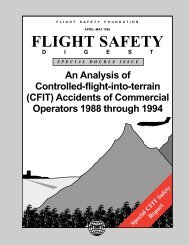
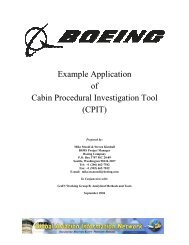
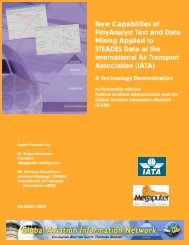
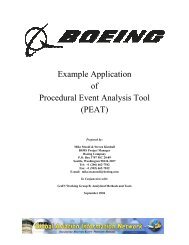
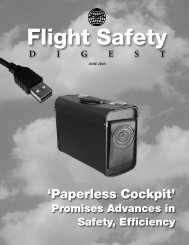
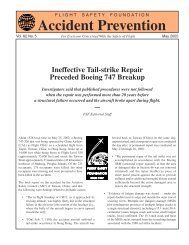
![Download [PDF 8 MB] - Flight Safety Foundation](https://img.yumpu.com/18859366/1/190x245/download-pdf-8-mb-flight-safety-foundation.jpg?quality=85)
